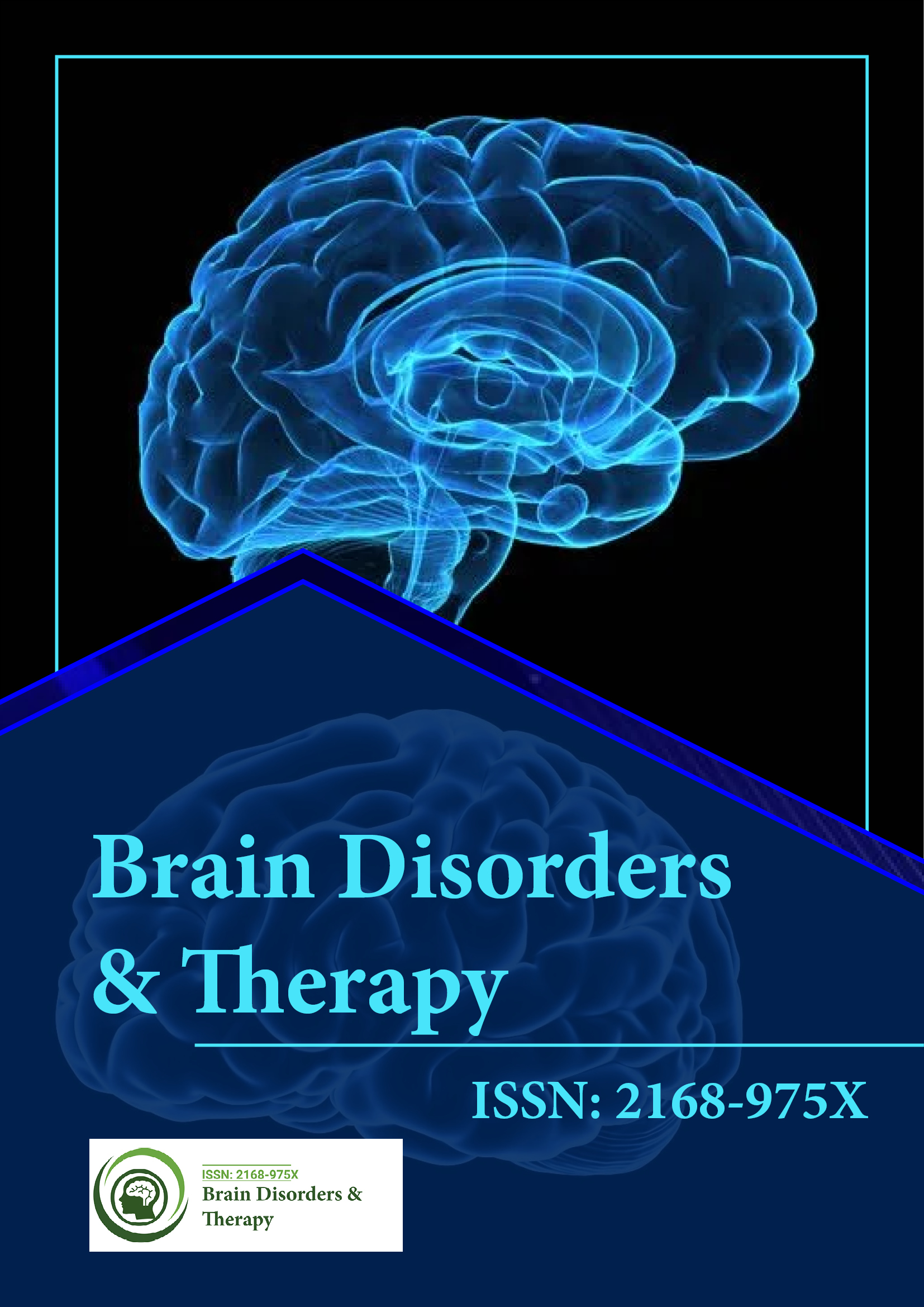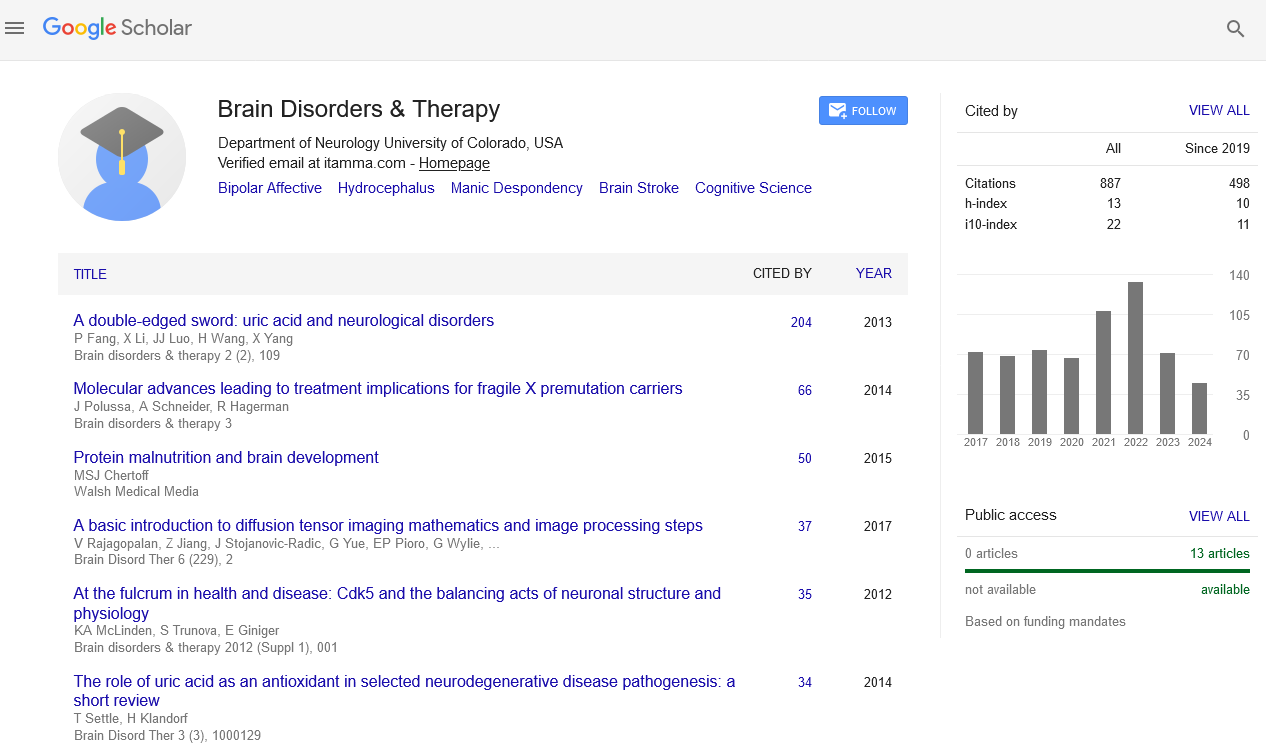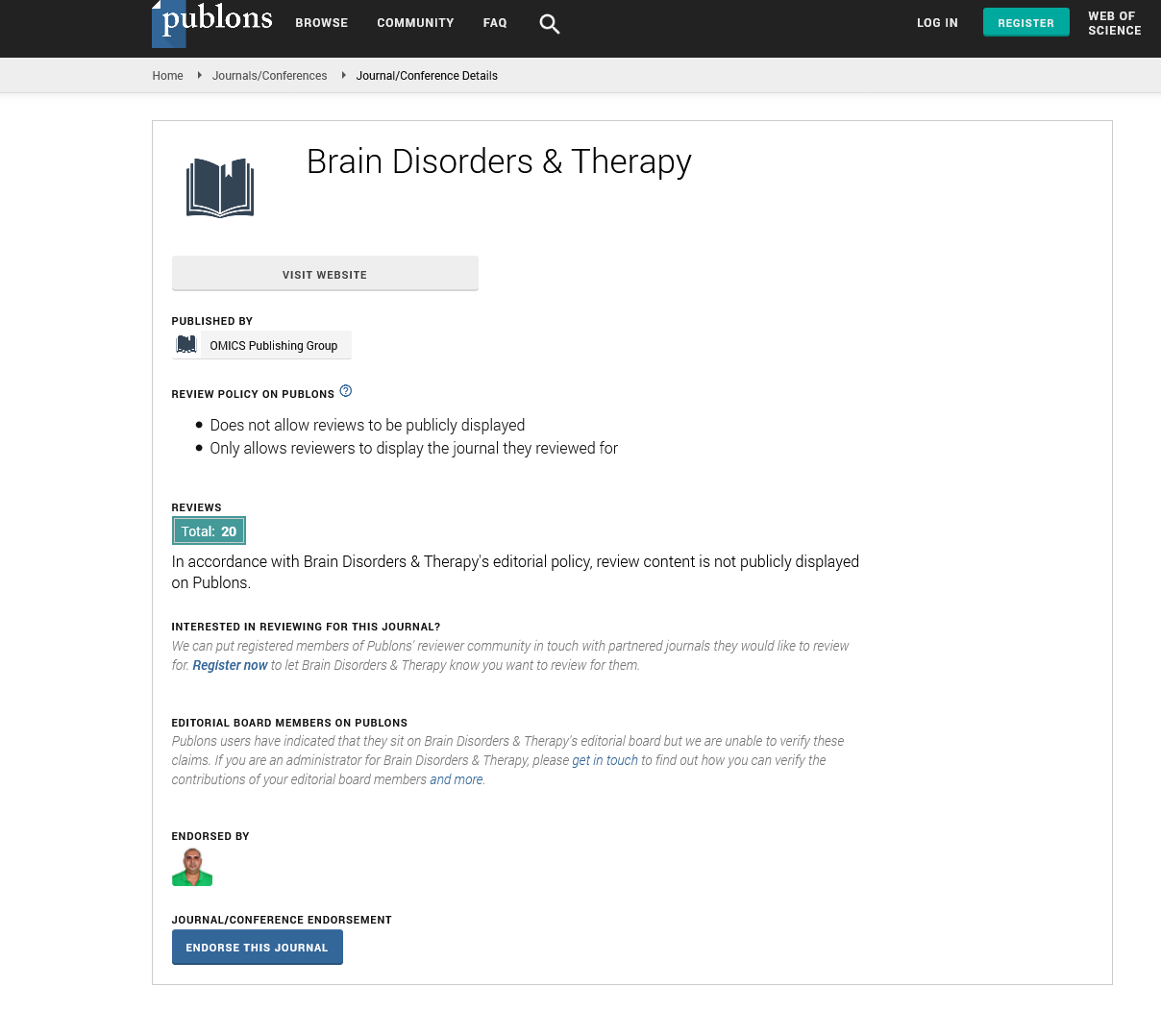Indexed In
- Open J Gate
- Genamics JournalSeek
- JournalTOCs
- RefSeek
- Hamdard University
- EBSCO A-Z
- OCLC- WorldCat
- Publons
- Geneva Foundation for Medical Education and Research
Useful Links
Share This Page
Journal Flyer

Open Access Journals
- Agri and Aquaculture
- Biochemistry
- Bioinformatics & Systems Biology
- Business & Management
- Chemistry
- Clinical Sciences
- Engineering
- Food & Nutrition
- General Science
- Genetics & Molecular Biology
- Immunology & Microbiology
- Medical Sciences
- Neuroscience & Psychology
- Nursing & Health Care
- Pharmaceutical Sciences
Overlap syndrome: Obstructive sleep apnoea in COPD
Joint Event on 3rd International Conference on Neuropsychiatry and Sleep Medicine & 8th International Conference on Neurology and Brain Disorders
September 21-22, 2018 | Philadelphia, USA
Himender Makker
University College London, UK
Posters & Accepted Abstracts: Brain Disord Ther
Abstract:
Smoking rates (20%) remain high in the UK and COPD rates are increasing, partly due to improved recognition. It???s estimated that 10% UK population has COPD. Similarly, 26% of adults are obese in the UK and obesity rates are rising. Prevalence of severe obesity has doubled in the last 20 years. Obesity rates in COPD are higher than matched controls. Obesity is the main risk factor for obstructive sleep apnoea. Use of corticosteroids, smoking, and changes in fluid distribution further increase the risk of sleep apnoea in COPD. While low body weight and reduced REM sleep in COPD has a protective effect on sleep apnoea. At least 1% of the population has both COPD and OSA (Overlap syndrome). During sleep changes in upper airways, respiratory muscle function and chemical control of breathing adversely affect COPD. Effects of reduction in the respiratory drive during sleep are exaggerated in COPD and lead to hypoventilation and hypoxia. COPD adversely affects sleep by prolonging sleep latency, causing sleep fragmentation and reducing SWS and REM sleep. In patients with overlap syndrome combination of the obstructive ventilatory defect, alveolar hypoventilation, and obstructive sleep apnoea lead to hypoxia, hypercapnia and sleep fragmentation. This adversely affects the quality of life and increases mortality. In symptomatic patients, CPAP therapy appears to improve outcomes. However, CPAP therapy can worsen breathlessness prior to sleep onset impacting on compliance. PSG is not needed to adequately establish patients with COPD-OSA on positive airway pressure therapy. Auto-titrating devices offer the potential to enhance comfort and compliance.
Biography :
E-mail: himendermakker@gmail.com


